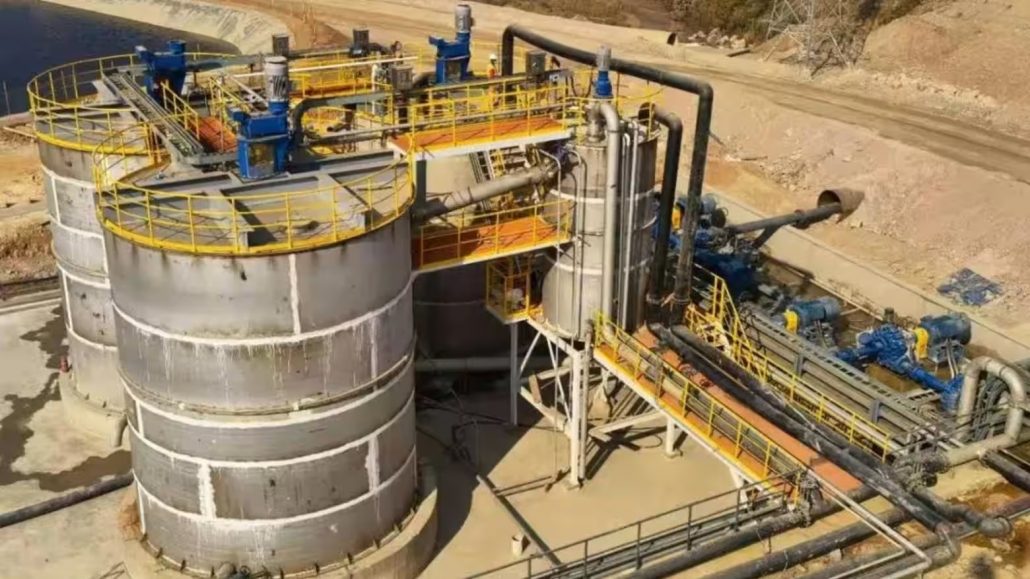
McKinsey Copper Nickel Lithium Price Forecast: Rising Costs for Energy Transition
According to McKinsey’s Global Material Perspectives 2024 report, published yesterday, prices for copper, nickel, and lithium will need to rise significantly from current levels to incentivize the investment required to meet the demands of the energy transition. To ensure sufficient supply by 2035, copper prices must reach $12,000 per tonne, nickel prices $21,000 per tonne, and lithium carbonate prices $19,000 per tonne, assuming all currently announced projects become operational. This would represent a 27% increase for copper and a 29% rise for nickel compared to current London Metal Exchange (LME) prices.
Supply Risks and Potential Shortages in McKinsey Copper Nickel Lithium Price Forecast
McKinsey further noted that prices may need to rise even more sharply if certain announced projects fail to progress to commercial operation. Supply shortages are anticipated for several key materials, especially copper, which has longer development timelines compared to materials like lithium. While demand for lithium and nickel has surged since 2022, prices for lithium have dropped by roughly 80% and nickel prices by about 20% over the same period. These declines, McKinsey states, reflect a “normalization” rather than a significant change in industry dynamics, as prices have adjusted closer to typical production costs.
Investment and Policy Challenges
Meeting future demand will require an estimated $5.4 trillion in capital investment and 270GW of power by 2035. However, a McKinsey survey of global industry players found that only a limited number of companies are willing to pay premiums for greener materials. Fewer than 15% of decision-makers are willing to pay a 10% premium for low-carbon metals by 2030, even in the face of potential material shortages. The automotive and energy equipment sectors are currently the only industries showing interest in paying such premiums. This outlook could change, however, with policies like the EU Emissions Trading System and Carbon Border Adjustment Mechanism, which could impose higher costs on companies based on their carbon emissions.
Decarbonization Efforts Falling Behind Targets
McKinsey also warned that decarbonization efforts are proceeding more slowly than needed to meet the Paris Agreement’s goals, partly due to the disconnect between decarbonization costs and buyers’ reluctance to pay for low-carbon materials. Emissions from the metal and mining industries are expected to decrease by 15% over the next decade, but the sector could still account for 13% of global emissions by 2035, or 6 gigatons of CO2 per year.








Leave a Reply
You must be logged in to post a comment.